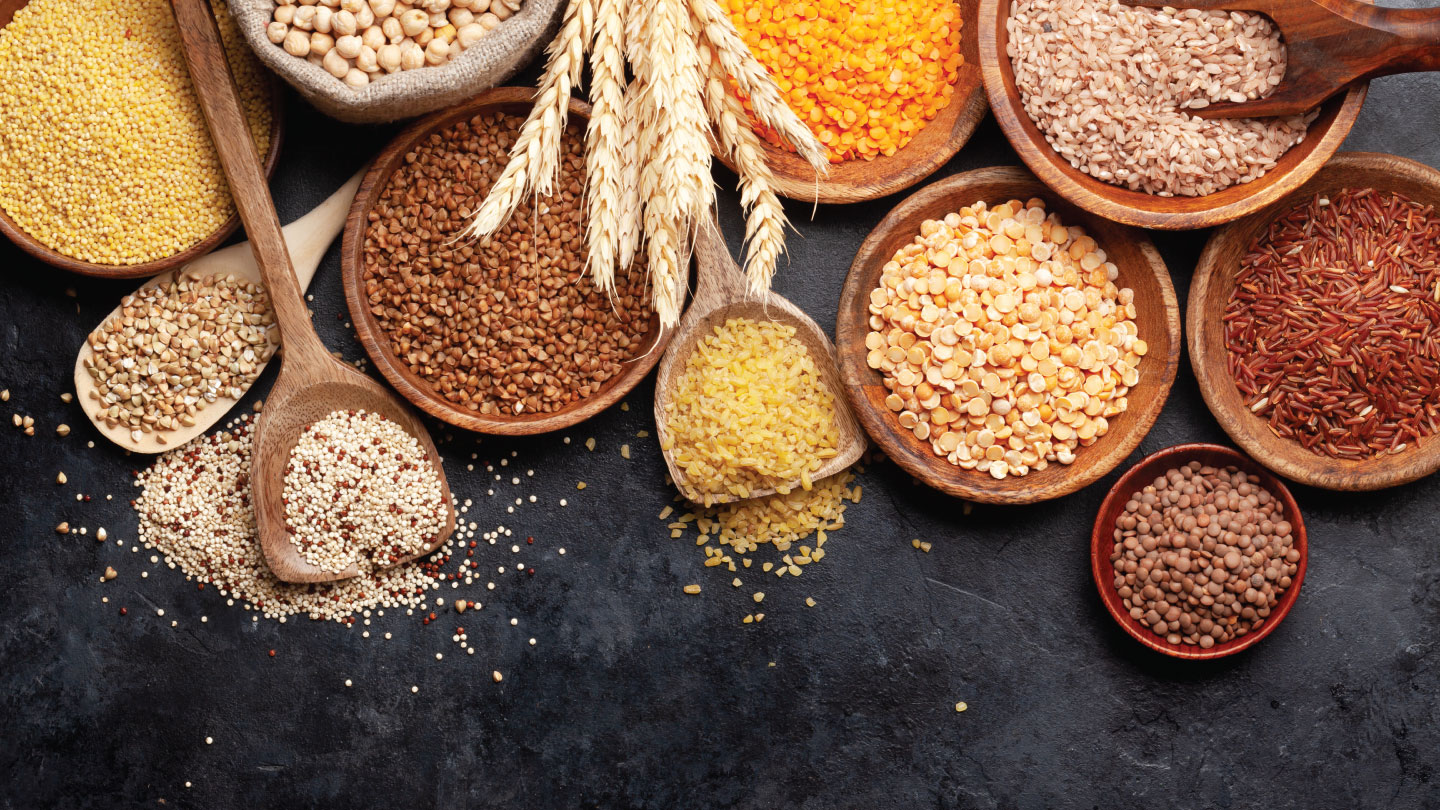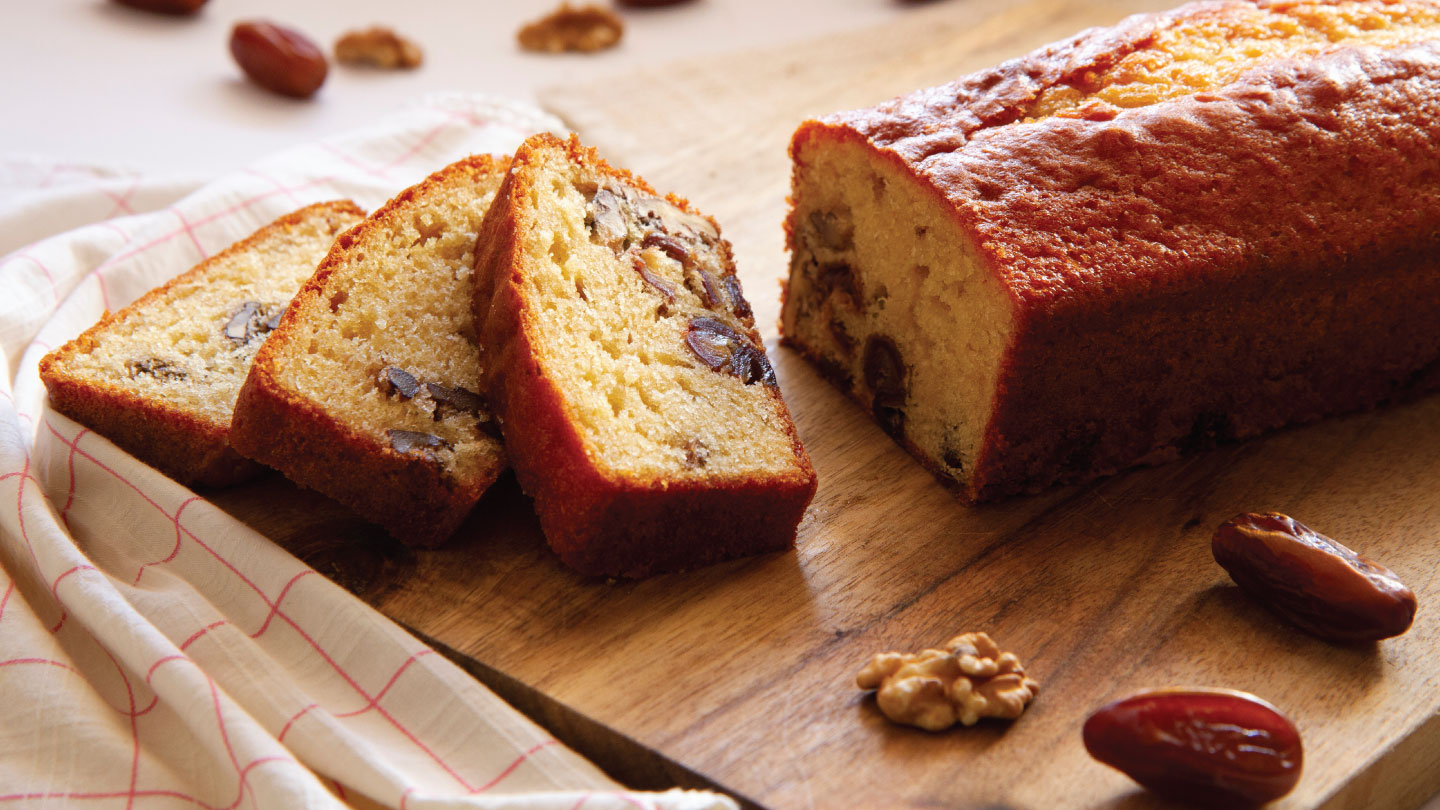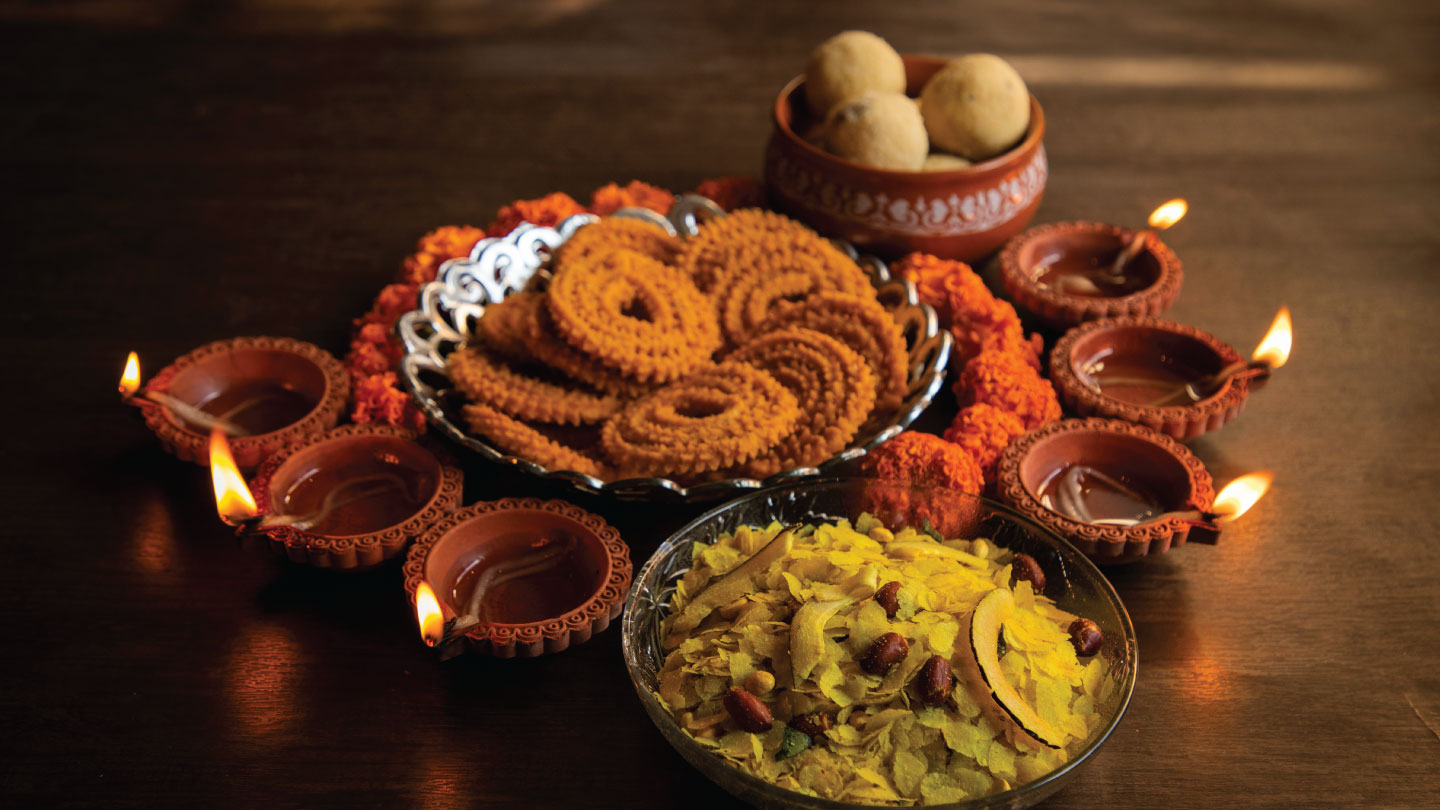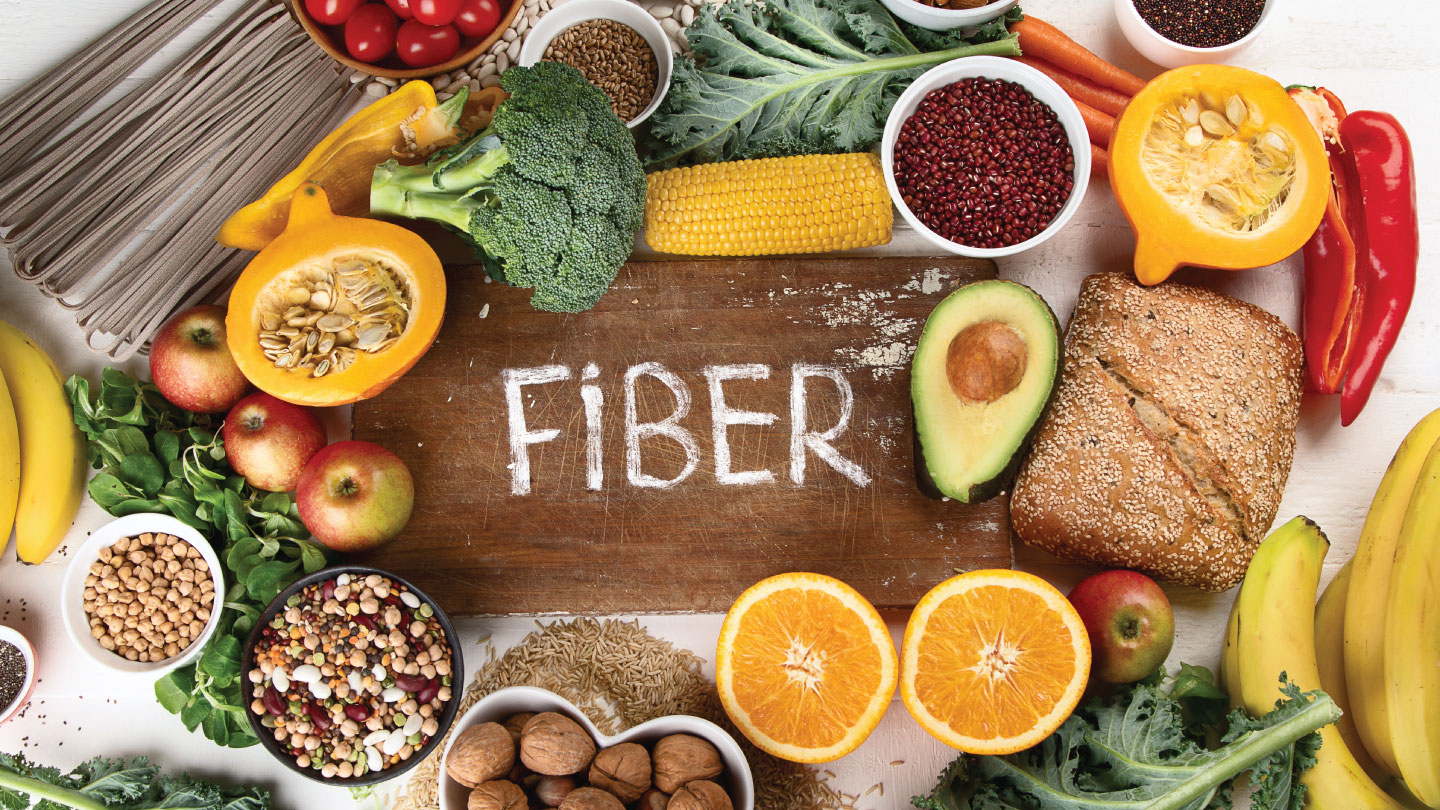Nutrition
Cook Millets Right: Seasonal Secrets to Unlock Their Real Nutrition
Learn how to cook millets the right way and make your millet dishes more digestible, flavourful, and nutrient-dense.

Millets are small-seeded grains packed with fibre, minerals, and complex carbohydrates and have earned the reputation of being nutri-cereals. The way millets are pre-cooked, soaked, washed, toasted, and then cooked influences how well our bodies can access those nutrients. If the pre-cook prep is not done right, anti-nutrients like phytates, tannins, or enzyme inhibitors remain intact, which can block absorption of iron, calcium, and zinc. Soaking and sprouting help break these down. Let’s look at the top 4 most cooked millets in India, seasonal tips to bring out their best, and the right method to cook them.
1. Pearl Millet (Bajra)
Why it’s popular: Bajra is among India’s most widely cultivated millets, especially in arid and semi-arid zones.
Prep tips: Soak bajra grains for 4 to 6 hours (or even overnight) to reduce phytates. Rinse well. You may lightly toast in a dry skillet for a minute to deepen the flavour.
Cooking method: Use roughly 1 part bajra, 2 parts water (or a little more). Bring to a boil, then simmer on low with the lid on, about 20–25 mins, until grains absorb water and are tender. Let it rest, fluff up.
Seasonal tip: Bajra is considered thermogenic (warming), so it is ideal in winter or cooler months. Consuming it more in winter balances the body’s heat.
Related Story: Recipe for Bajra Khichdi
2. Sorghum / Jowar
Why it’s popular: Jowar (sorghum) is a major millet in many states. It is also gluten-free, fibre-rich, and versatile.
Prep tips: Soak for 3 to 4 hours to reduce enzyme inhibitors; rinse. You may parboil in lightly salted water, discarding the first water, then cook fresh.
Cooking method: Boil in salted water until soft; or cook like rice/millet in a 1:2 ratio, bring to a boil, simmer 15-20 mins. Drain excess water if needed.
Seasonal tip: Jowar is often treated as a summer or warmer-season grain because it has a ‘cooling’ effect on the digestive system.
3. Finger Millet (Ragi / Mandua)
Why it’s popular: Ragi is especially prized in southern India; it is rich in calcium, amino acids, and is easily digestible.
Prep tips: Soak ragi grains for 2 to 4 hours; rinse well. You can also sprout or germinate millets for an extra nutritional boost.
Cooking method: Use a 1:2 water ratio. Bring to a boil, simmer gently for 15–20 minutes until tender. Let it rest for a few minutes. Alternatively, use a pressure cooker (low heat) or steam. Some recipes even use ragi flour cooked into ‘mudde’ or porridge.
Seasonal tip: Ragi is said to have cooling properties, making it good in summer or hot months.
Related Story: Ragi Muddha with Thotakoora Pappu: A Fibre-Rich South Indian Comfort Meal
4. Foxtail Millet (Kangni / Kangu / Korralu)
Why it’s popular: Foxtail millet is a small millet with good protein content, used especially in the South and dry zones.
Prep tips: Soak for 30–60 minutes (smaller grain soaks less) to improve digestibility and reduce phytic acid. Rinse well before cooking.
Cooking method: Use a typical 1:2 ratio. Bring to a boil, reduce the heat, cover, and simmer for 15–20 minutes till the water is absorbed. Let it rest, fluff with a fork. Alternatively, you can cook in a rice cooker too.
Seasonal tip: Foxtail millet is sometimes preferred in summer due to its lighter nature.
Related Story: 5 Health Benefits of Eating Kodo Millets
Millet Comparison Table
| Millet | Pre-treatment | Cooking Method | Seasonal Best Use | Key Notes |
|---|---|---|---|---|
| Pearl Millet (Bajra) | 4–6 hrs soak, rinse, optional light toast | 1:2 water; boil then simmer 20–25 mins; rest & fluff | Winter / cold months | Thermogenic; works well in rotis, khichdis |
| Sorghum / Jowar | 3–4 hrs soak, rinse, optional parboil | Boil until soft or 1:2 simmer method | Summer / warmer times | Cooling effect, good in porridge or flatbreads |
| Finger Millet (Ragi / Mandua) | 2–4 hrs soak, rinse | 1:2 water; simmer 15–20 mins; rest | Hot seasons / summer | Often used in porridge, “mudde”, dosa, and rotis |
| Foxtail Millet (Kangni / Korralu) | 0.5–1 hr soak (or up to 2 hrs) | 1:2 water; simmer 15–20 mins; rest & fluff | Summer / light grain consumption | Use minimal oil; gentle cooking protects nutrients |
Cooking millets rightly means thinking about soaking, rinsing, toasting (optional), and gentle simmering, rather than brute high heat. These steps help unlock nutrients and reduce anti-nutrients. Your goals deserve a plan that works for you. Get a personalised diet consult and start seeing real change.
EXPLORE MORE
A Diwali dessert: Naturally sweet, nutty, and rich in healthy fats.
Creamy, nutty, and full of crunch, this sesame-based noodle bowl is your answer to a hearty meal that doesn’t weigh you down.
Festivals bring joy, togetherness, and plenty of irresistible food. Here’s how to enjoy every bite mindfully, without compromising your health or happiness.
Small changes, big impact. Boost your daily fibre with smart swaps that are simple, satisfying, and sustainable.









.jpg)


